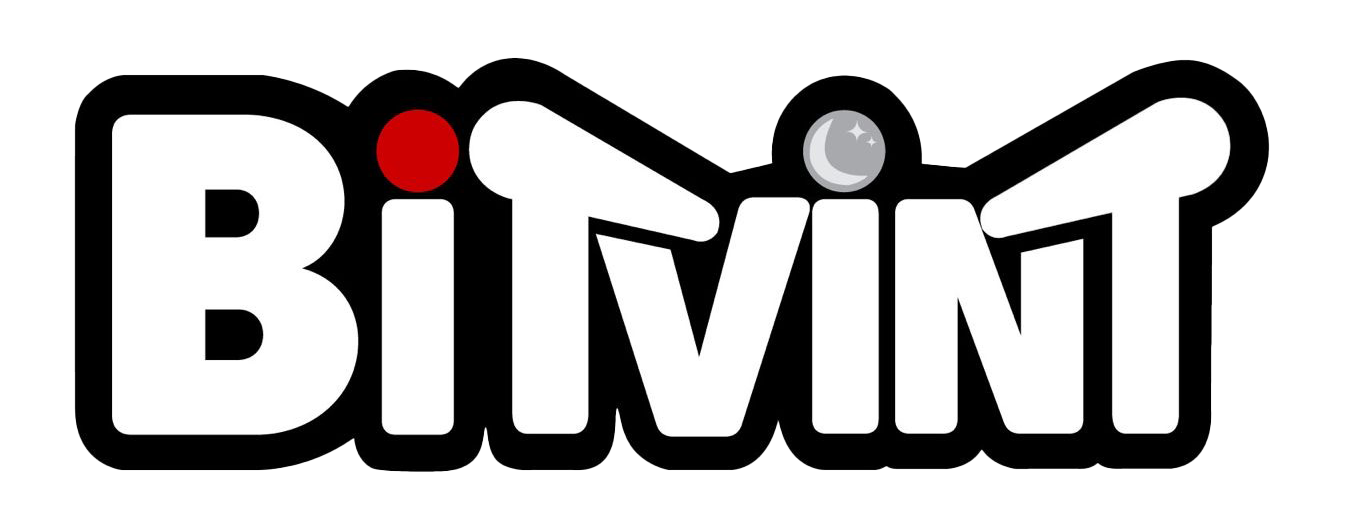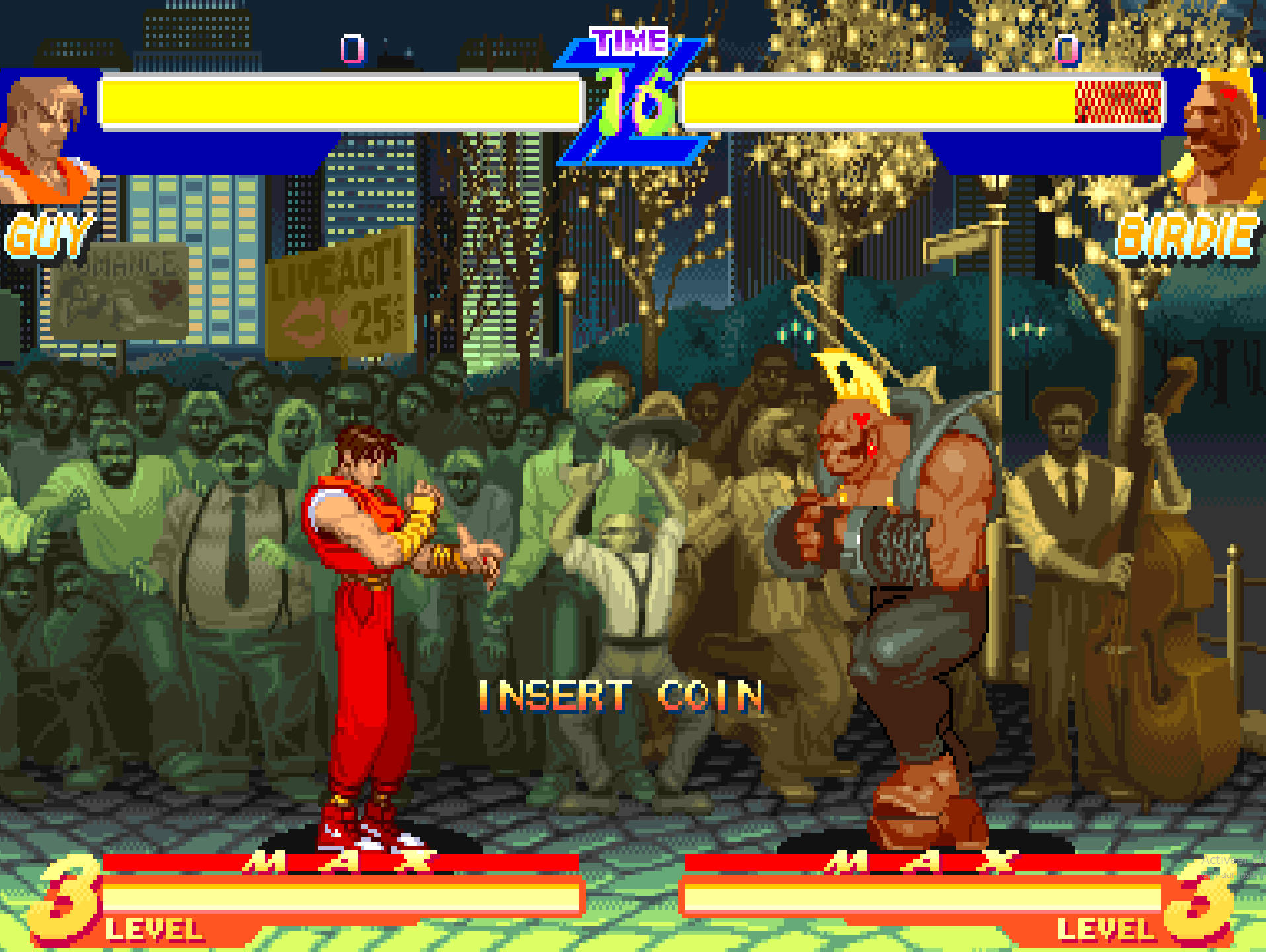Introduction
Released in 1995, Street Fighter Alpha: Warriors' Dreams reimagined Capcom’s legendary fighting franchise with anime-inspired visuals, smoother combos, and a fresh narrative timeline. Positioned as a prequel to Street Fighter II, Alpha brought new gameplay mechanics and characters that bridged the gap between classic entries and the future of the series.

Development and History
- Developer: Capcom
- Publisher: Capcom
- Release Date: 1995 (Arcade)
- Hardware: CP System II (CPS-2)
Capcom developed Street Fighter Alpha to revitalize interest in the franchise after the saturation of Street Fighter II variations. The game was known as Street Fighter Zero in Japan and was inspired in part by the anime Street Fighter II: The Animated Movie.
It used the powerful CPS-2 arcade board, allowing for more expressive sprite animation, better sound, and smoother gameplay compared to its predecessors.

Gameplay Video
Gameplay and Mechanics
Street Fighter Alpha blended elements from Street Fighter II and Final Fight, while introducing new systems:
Key Features:
- Super Combo Gauge (3 levels) for enhanced special attacks
- Alpha Counters: allow a defensive counterattack while blocking
- Chain combos: light-to-medium-to-hard attack chains
- Air blocking and air throws
- Roll recovery and tech hits
- New character portraits and anime-style sprite design
Playable characters included:
- Returning fighters: Ryu, Ken, Chun-Li, Sagat, M. Bison
- Final Fight crossover: Guy and Sodom
- Newcomers: Charlie (Guile’s friend), Rose (mystical fighter), Dan (comic relief)
The game supported both single-player and two-player modes and offered multiple difficulty settings.

Cultural Impact and Legacy
- Reinvigorated the Street Fighter brand in the mid-1990s
- Spawned two direct sequels: Street Fighter Alpha 2 and Alpha 3
- Laid the foundation for future crossover rosters in Capcom vs. games
- Introduced fan-favorite characters like Dan and Rose
- Widely ported to consoles including PlayStation, Saturn, and Game Boy Color
The visual style and gameplay refinements made Alpha a major step forward for 2D fighters in arcades.

Fun Facts
- Known as Street Fighter Zero in Japan — to emphasize the prequel status
- Charlie was originally intended as Guile’s prototype before narrative adjustments
- Many of the new mechanics (like Alpha Counters) were unique at the time and influenced later fighters
- Dan was designed as a parody of SNK’s Art of Fighting characters Ryo and Robert
- Rose’s fighting style is based on Italian tarot card mysticism

Conclusion
Street Fighter Alpha: Warriors' Dreams blended style, innovation, and fan service to create a memorable return to the arcade stage. It breathed new life into the franchise and laid the groundwork for one of Capcom’s most stylish fighting sub-series.

